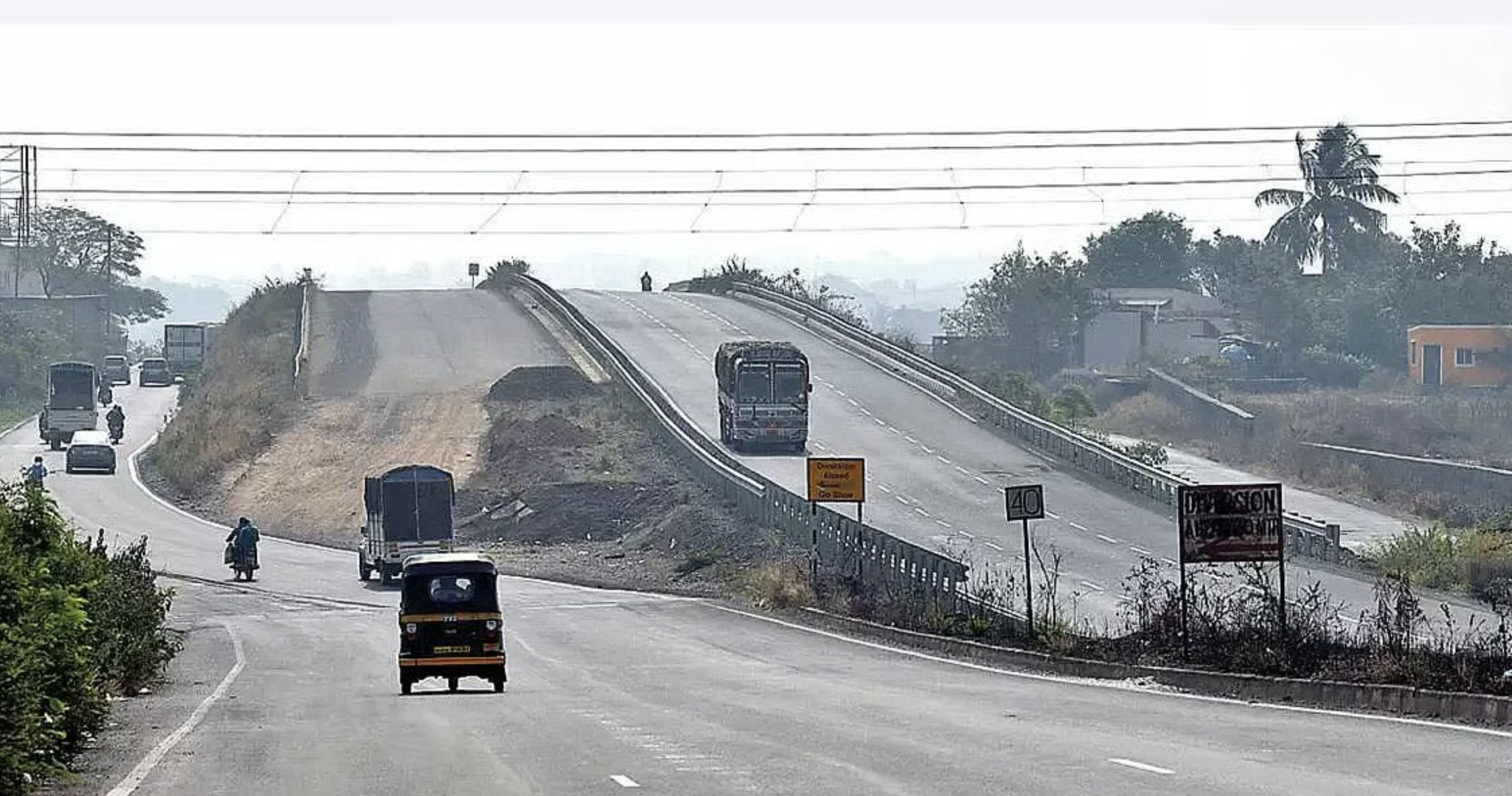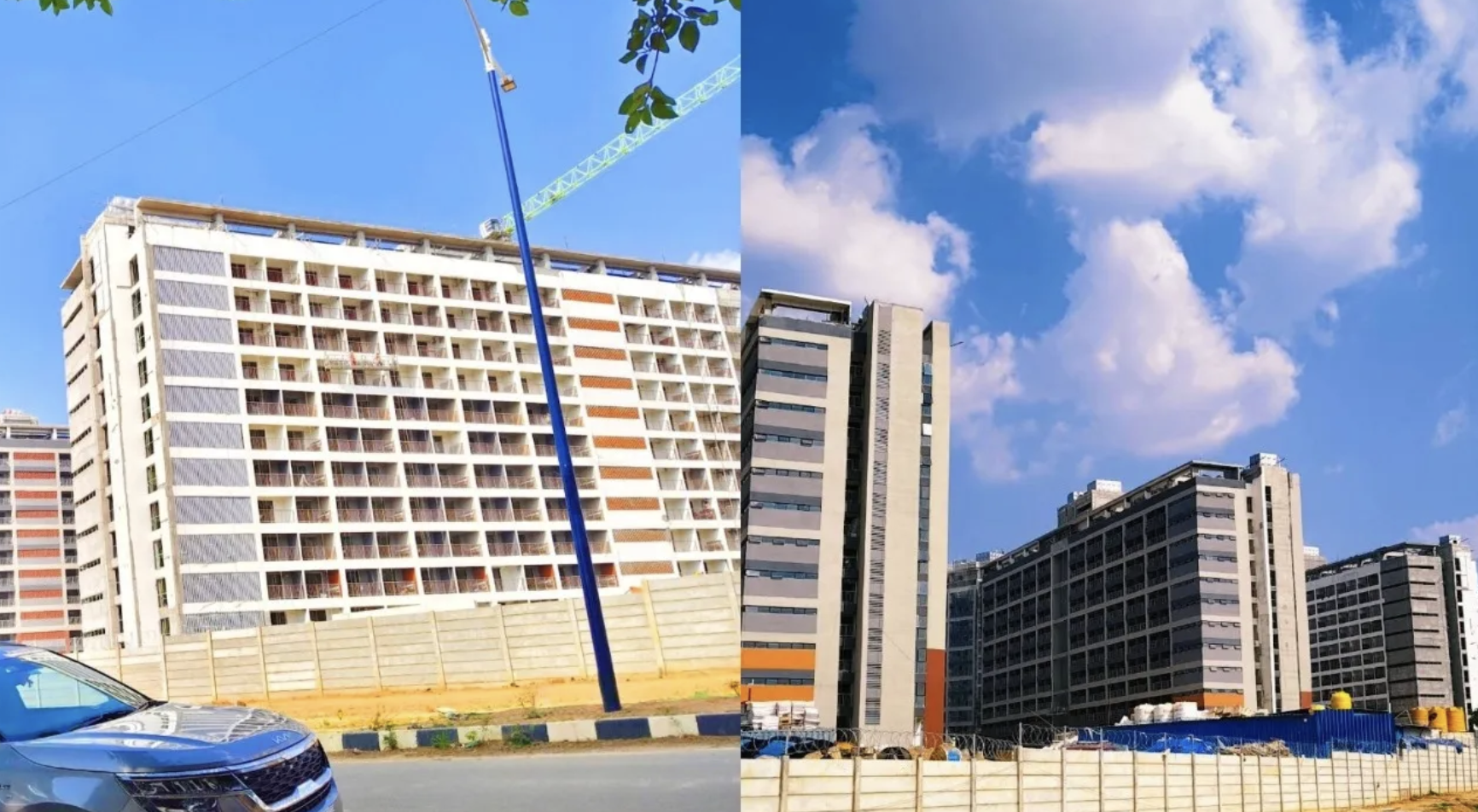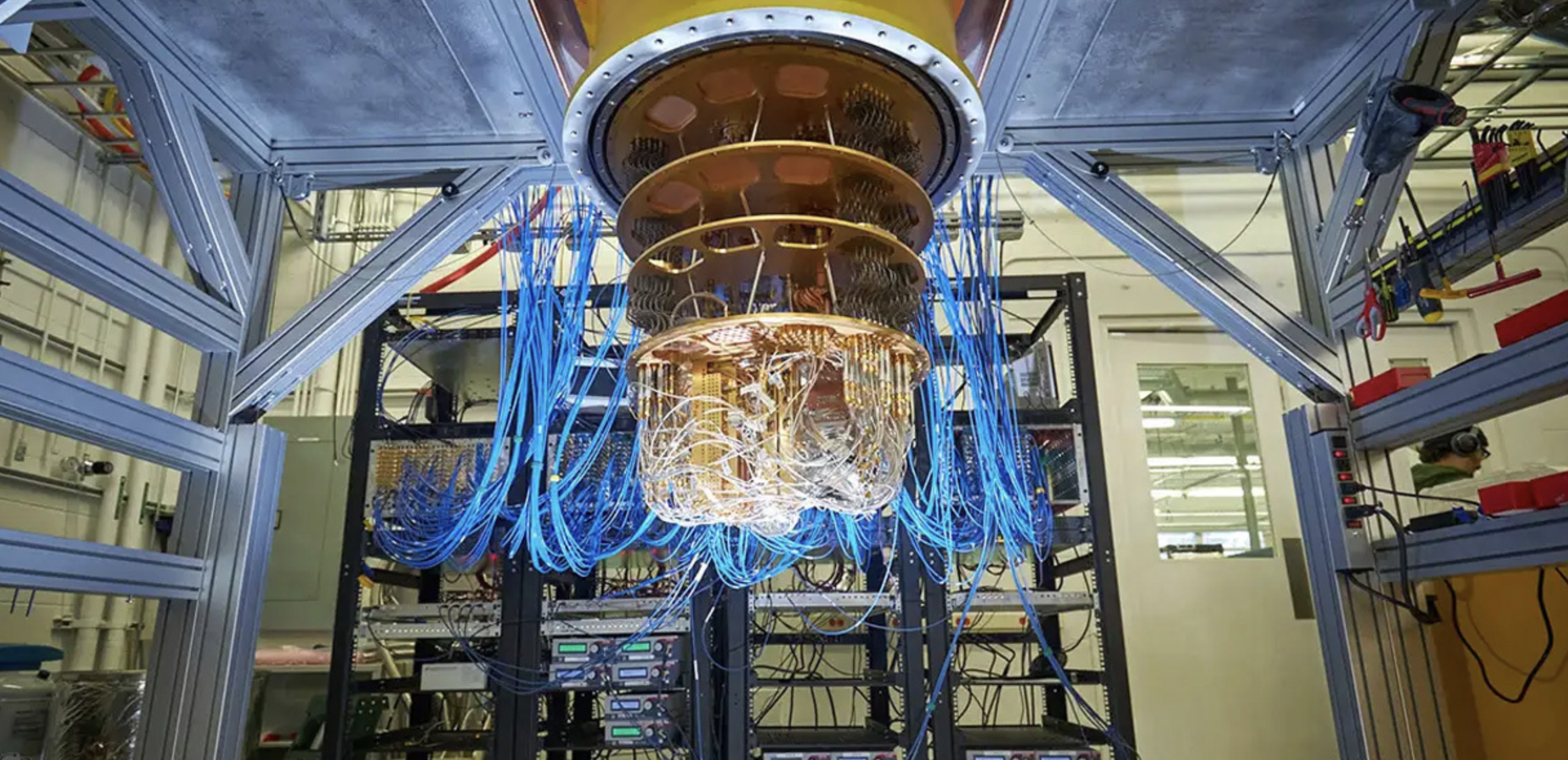Australia announced on Monday (Dec 11) that it is implementing measures to address issues in the immigration system by tightening visa rules, resulting in restrictions on the entry of international students and low-skilled workers. Home Affairs Minister Clare O’Neil stated that these changes are anticipated to reduce the country’s migrant intake by half over the next two years.

Government’s Strategic Reforms: Anticipated Decline in Net Overseas Migration Amid Peak Immigration
O’Neil emphasized the government’s efforts to strike a balance in the migration system, attributing the expected decline in net overseas migration to targeted reforms. The decision follows a peak in net immigration at a record 510,000 in 2022-23, with projections indicating a decrease to approximately a quarter of a million in 2024-25 and 2025-26.
Overhauling Australia’s Immigration System: Addressing Challenges and Implementing Reforms for a Sustainable Future
O’Neil pointed out that the surge in net overseas migration in 2022-23 was largely driven by international students. The Albanese government has been striving to revamp the immigration system due to persistent bureaucratic challenges, such as outdated occupation codes that have not been updated since 2013. Prime Minister Anthony Albanese asserted over the weekend that Australia’s migration numbers must be brought back to a “sustainable level,” citing a broken system.
Proposed policies include raising English test score requirements for international students and ending provisions that allow them to extend their stay in Australia. Additionally, a new specialized visa for highly skilled workers will be introduced with a shortened processing time of one week, aiming to assist businesses in recruiting top migrants amid tough global competition. Australia, known for having one of the strictest labor markets globally, has traditionally relied on immigration. The Labour government seeks to expedite the entry of highly skilled workers and facilitate their path to permanent residency.












